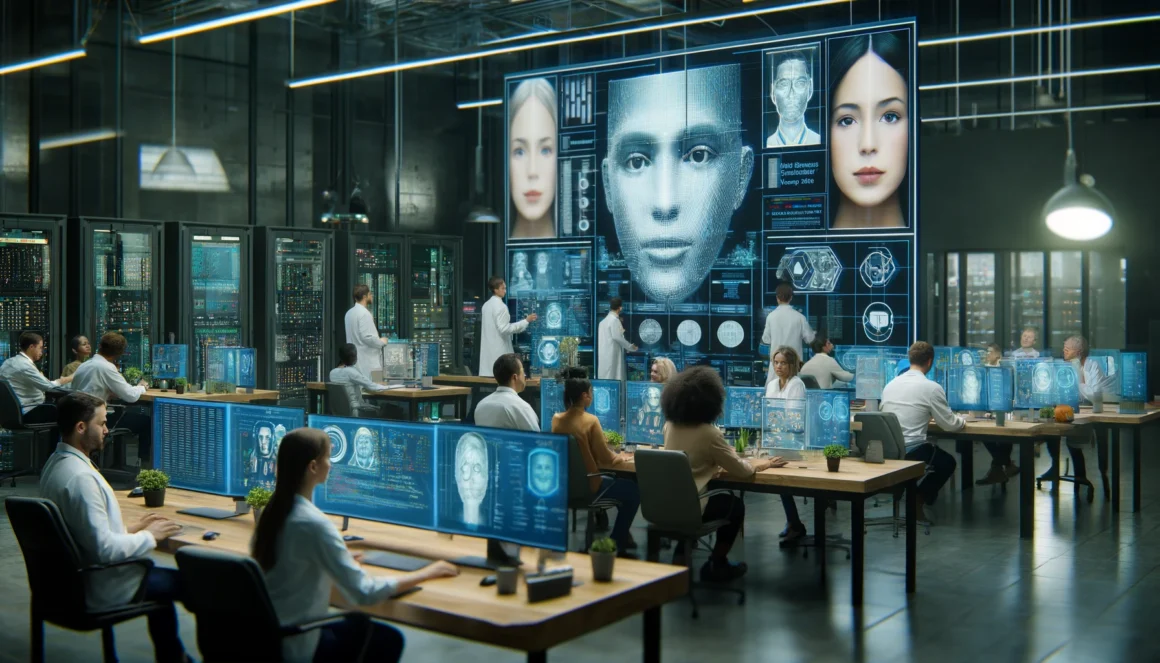The proliferation of artificial intelligence (AI) technologies has given rise to a new era of media manipulation—deepfakes. These hyper-realistic digital fabrications, generated by sophisticated machine learning algorithms, can replicate human appearances and voices with alarming accuracy. While the technology behind deepfakes holds potential for innovative applications in entertainment, journalism, and education, it also poses significant threats to personal security, privacy, and the integrity of information. As such, the development and deployment of advanced AI solutions for deepfake detection have become critical. This article explores the challenges posed by deepfakes, the current state of detection technologies, and the future implications for society.
Understanding Deepfakes
Deepfake technology leverages machine learning and artificial neural networks to create or alter video and audio recordings, making them nearly indistinguishable from authentic content. The term “deepfake” is a portmanteau of “deep learning” and “fake,” and was coined in 2017 when a Reddit user named Deepfakes shared manipulated video clips of celebrities. Deepfakes are typically created using two competing AI systems: one that generates images or videos (a generator) and one that attempts to detect the manipulations (a discriminator). This adversarial relationship enhances the sophistication of the output, thereby improving the realism of the fake media.
The Rise of Detection Technologies
As deepfakes become more sophisticated, the race to develop effective detection methods has intensified. Detection technologies are primarily focused on identifying subtle inconsistencies in the media that human observers might overlook. These may include irregular blinking patterns, unnatural skin texture, or inconsistencies in lighting. Advanced AI solutions employ a variety of techniques to spot these discrepancies, including:
- Facial Recognition Technology: This involves analyzing facial features and movements that could be unnatural or physically impossible.
- Behavioral Analysis: AI systems are trained to recognize normal human behaviors and compare them against the entity in the video.
- Consistency Checks: These checks involve analyzing the background, lighting conditions, and other environmental factors for inconsistencies.
- Audio Analysis: Examining the voice for irregularities in pitch, tone, and natural speaking patterns.
Despite these advancements, the challenge remains significant due to the continuously improving quality of deepfakes.
The Role of Public and Private Sectors
Recognizing the dangers posed by deepfakes, both public and private sectors have taken steps to mitigate these risks. Governments around the world are exploring regulations and laws to criminalize the malicious creation and distribution of deepfakes. Simultaneously, tech companies are heavily investing in research and development to enhance detection technologies. For example, companies like Adobe have introduced content authenticity initiatives to help users discern the veracity of digital content.
Future Implications and Ethical Considerations
The battle against deepfakes is not just technological but also ethical and societal. As detection methods evolve, so too do the techniques for creating more convincing fakes. This ongoing arms race necessitates a broader discussion about the ethical implications of AI and its role in society.
Moreover, there are concerns about the misuse of deepfake detection technology itself, such as potential privacy infringements and the suppression of free speech. Therefore, it is crucial for ongoing efforts in AI development to be accompanied by robust ethical guidelines and transparency to ensure these technologies are used responsibly.
Conclusion
Deepfake detection using advanced AI solutions is a crucial area of technology that stands at the intersection of innovation, security, and ethics. As the digital world becomes increasingly complex, the need for sophisticated, reliable, and ethically sound technology to detect and combat deepfakes is more urgent than ever. Ensuring the authenticity of digital content is vital not only for securing personal and national security but also for maintaining the fabric of trust upon which the digital economy is built. The journey ahead is challenging but essential for securing the integrity of our digital future.



